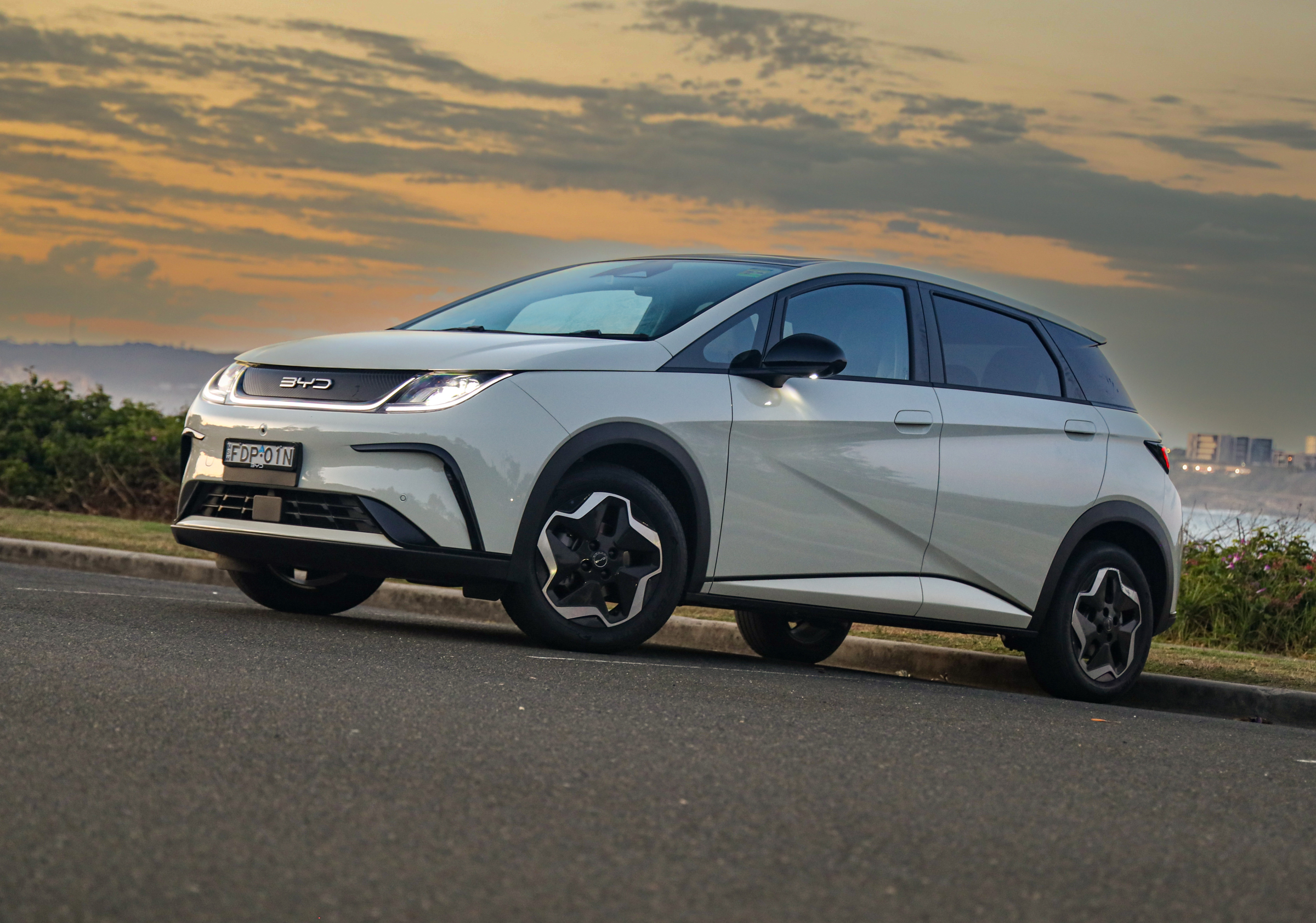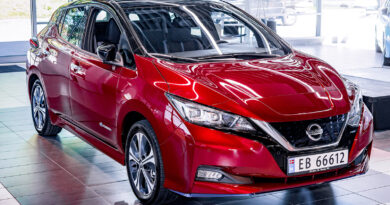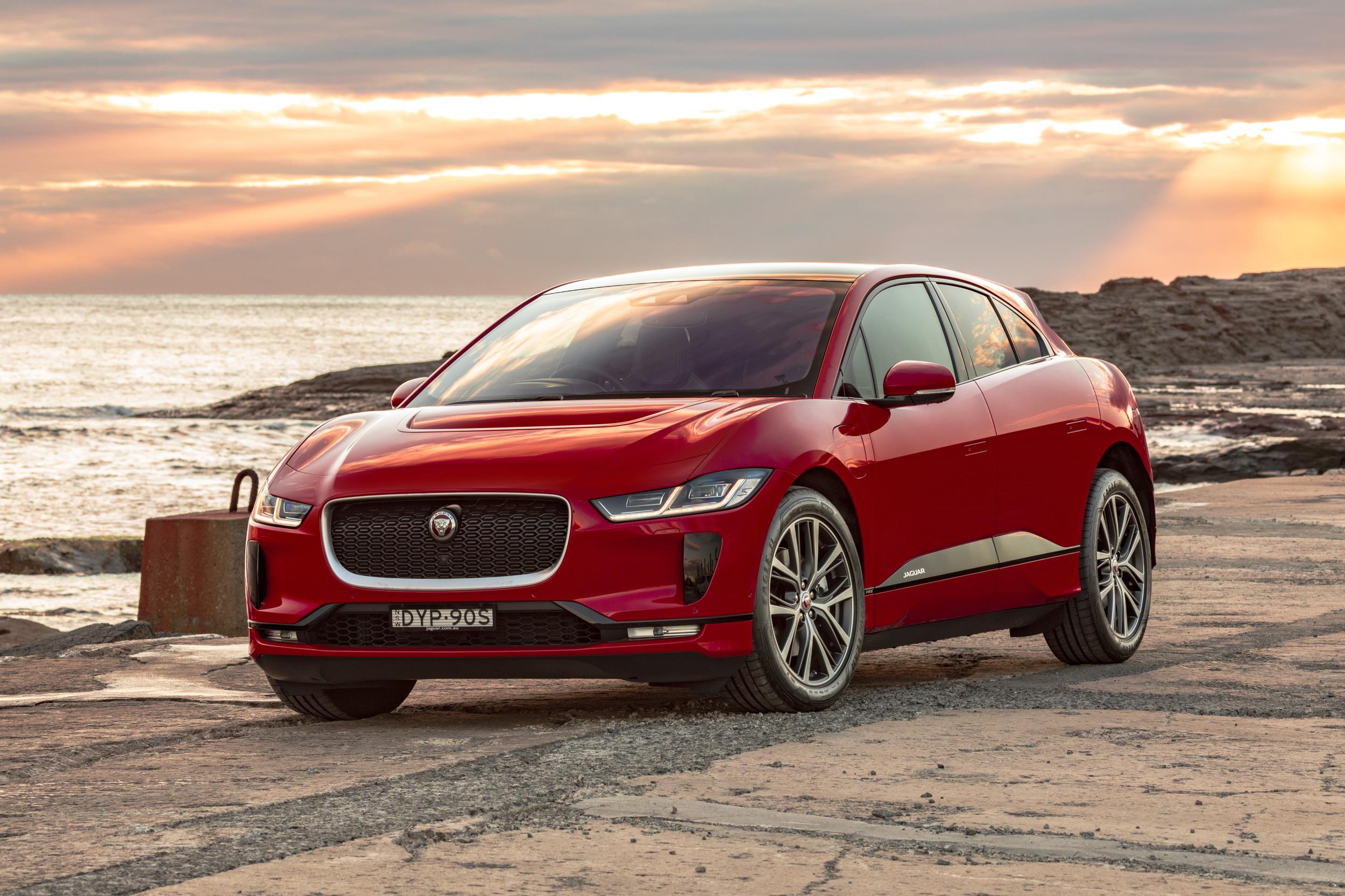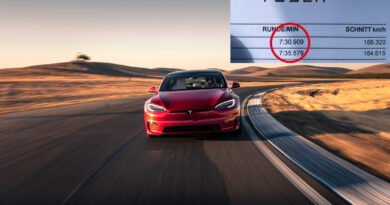Dolphin dive! BYD considers more gear and a lower price for its cheapest EV as sales stay under water
The slow-selling BYD Dolphin electric hatchback appears set for a further price dive and equipment upgrade, while the prospects of its even smaller relation the Dolphin Mini coming to Australia are diminishing.
Despite being the cheapest car in its local line-up, the Dolphin is very much BYD’s poorest performer, reflecting the struggles of the most affordable electric cars in the Aussie market.
Priced from $36,890 plus on-road costs, the Dolphin is averaging just under 200 sales per month in 2024.
READ MORE: Upgraded 2024 BYD Atto 3 and BYD Dolphin score price cuts in dramatic bid to boost sales
READ MORE: 2024 BYD Dolphin Dynamic review: Australia’s cheapest electric car provides an EV alternative to the Toyota Corolla, Mazda3, Hyundai i30 and Kia Cerato
READ MORE: Everything you need to know about the 2023 BYD Dolphin in Australia: Pricing, grades, specifications, power outputs and driving range
The BYD Sealion 6 plug-in hybrid EV (PHEV) medium SUV which starts at $48,990 and went on-sale in June has almost doubled the Dolphin’s sales total already.
“We will be bringing out additional spec for Dolphin in the coming times,” confirmed David Smitherman, CEO of Australian BYD importer EVDirect.
Asked about a price reduction as well, he added: “Potentially. We always want to be competitive of course.”
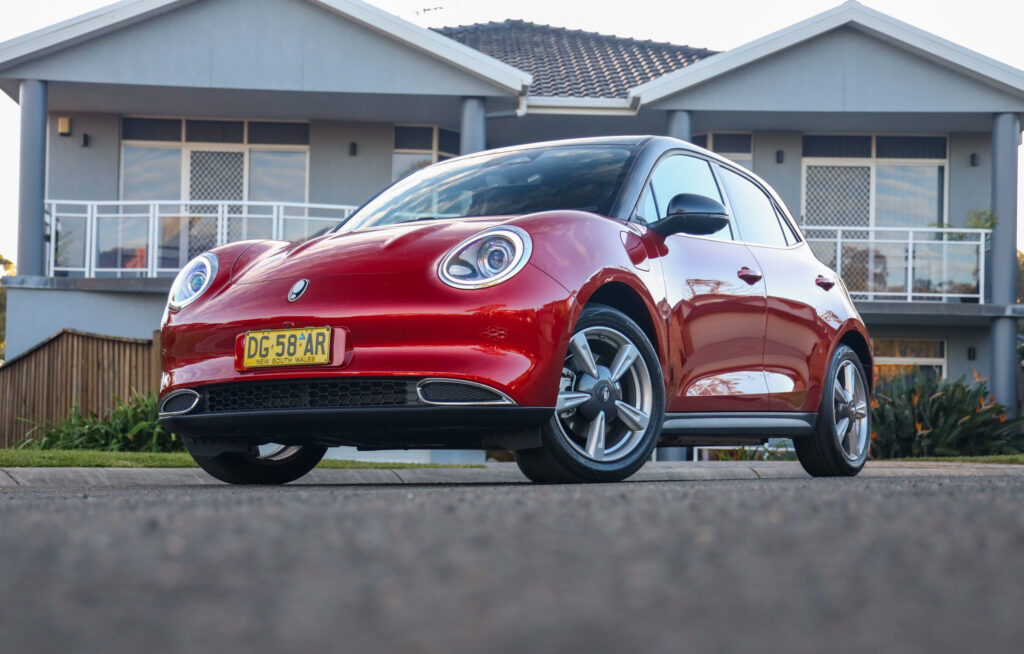
He even left the door open for the Dolphin to be the first new EV in Australia priced under $30,000: “We are looking at everything.”
The Dolphin’s issues are similar to those experienced by the GWM Ora mini-car, which has had repeated price cuts to $33,990 drive-away yet remains resolutely stuck on an average 100 sales per month.
The third Chinese small EV, the MG4, is a much better performer than its two entry-level rivals averaging more than 400 sales per month, but it recently had its base price cut to $30,990 drive-away until the end of October.
But even the MG4’s sales pale into insignificant compared to much more expensive market leaders such as the Tesla Model Y – which averages more than 2500 sales per month in 2024 – and the Tesla Model 3 – which averages 1600 (approx).
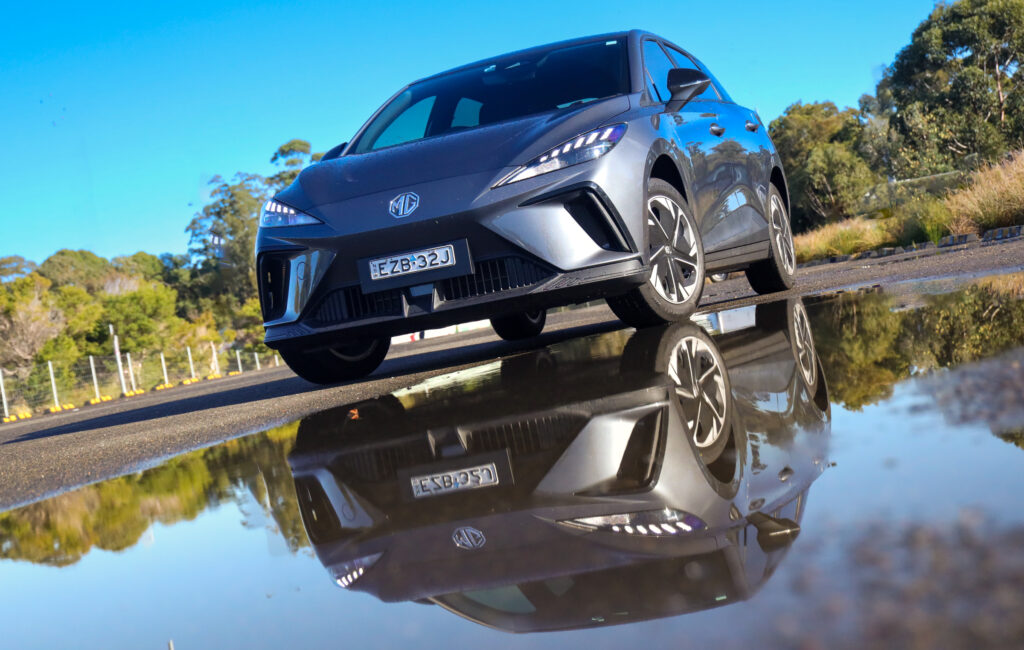
That buying trend reinforces the thinking EVs are purchased primarily by higher income home owners with access to off-street parking and therefore easier recharging.
Cars such as the Dolphin potentially appeal to a younger demographic. However, they don’t have off-street parking and therefore find it more difficult to recharge.
The current economic downturn is also hitting younger people harder, discouraging them from making expensive purchases such as car.
“It always comes down to segment size,” argued Smitherman when asked why Australia’s cheapest new EVs weren’t more popular.
“What are the big segments in Australia? SUV and utes. I think there are always going to be people who buy based on price, but a lot of people actually need a physical type of vehicle.”
Without naming it, Smitherman had earlier this year touted the chances of a small car coming to Australia. EVCentral understands that was the Dolphin Mini.
But the lack of interest in Australia in compact EVs seems to have lessened its prospects.
“Maybe that’s why we haven’t brough it in.” said Smitherman of the smaller EV.
“It’s all about the right strategy for the business and our strategy is very much focussed on SUV and ute,” he explained when asked about the prospects for the small car.

